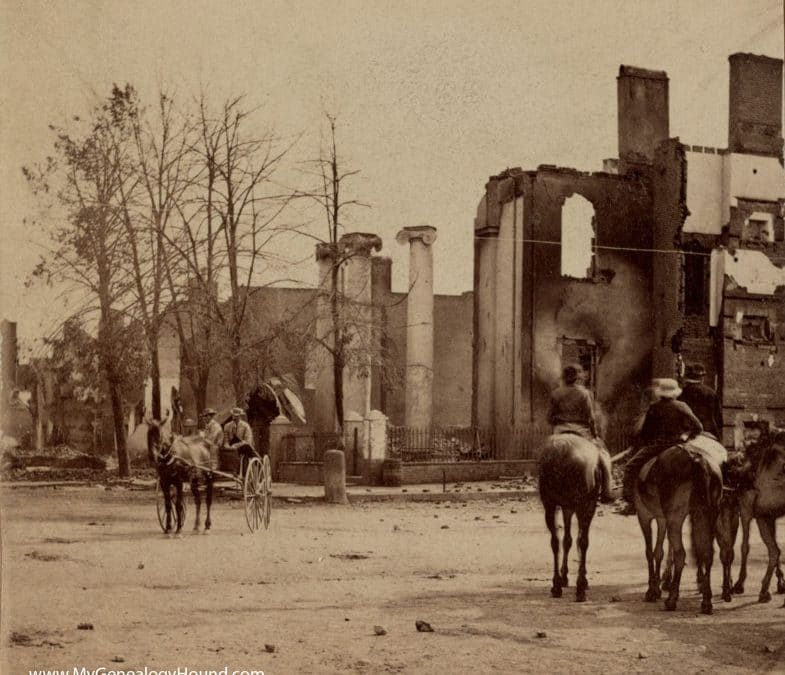Chambersburg Out of the Ashes
In 1864, Chambersburg’s population was about 5,500. It was a town settled by hard-working Scots-Irish and German immigrants. As is true today, Chambersburg was well-located and, therefore, a transportation hub. Goods and people moved on the roads to Baltimore, Philadelphia, and Pittsburgh. The Cumberland Valley Railroad was well-established in the community. The town offered large hotels and taverns to lodge travelers, general stores along its main streets, someone to repair wagons and shoe horses. Chambersburg had barbers, seamstresses, hatmakers, tool-makers, and carriage builders. Industry was located along the Conococheague Creek and included paper mills and metal fabricators. It was a thriving community, which grew steadily from its founding in the mid-1730s.
The bombardment of Fort Sumter propelled the country to a state of war. Men of Chambersburg and Franklin County enlisted to support Abraham Lincoln’s call for troops, and by 1861 Chambersburg became a military town where Union troops trained. Both supplies and troops were loaded onto the cars of the Cumberland Valley Railroad, and war hovered around the doorsteps of Franklin County communities.
In 1862, Chambersburg had its first Confederate raid when General J.E.B. Stuart took horses, food, and other supplies, burning the railroad shops and cutting the telegraph wires on a hasty foray across the Mason Dixon Line and into Franklin County. In the summer of 1863, Chambersburg experienced a more intense and lasting incursion as Robert E. Lee headquartered in Chambersburg and set up camp with 75,000 Confederate soldiers in and around the county seat before moving east towards Gettysburg to engage the Union troops.
Each time Confederates entered Chambersburg, the stakes increased, but on July 30, 1864, no one envisioned such a vast and definitive impact the coming hours would have in Chambersburg, Pennsylvania.

